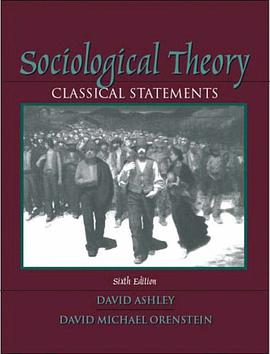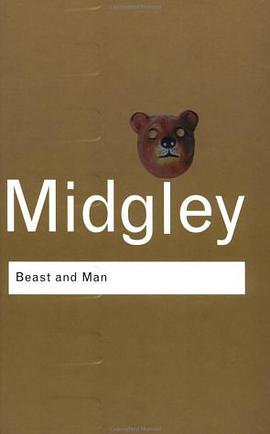

Traditionally, the Mesolithic has been regarded a time of cultural regression in northern Europe, relieved only around 4000 BCE when the enlightened villagers of the Neolithic arrived on the scene, bringing with them the beginnings of agriculture. But new evidence in the last 30 years has led archaeologists to think of the early postglacial foragers that lived in the Mesolithic as complex, sedentary coastal dwellers who made the era a time of innovation, interaction and successful adaptation to a rapidly changing environment. The excavations at Smakkerup Huse help to flesh out this revised portrait. Al though the settlement area (5000 to 3900 BCE) on land had suffered marine erosion, submerged deposits adjacent to the settlement included a midden and a fishing and boat-landing area in excellent condition, with numerous organic materials surviving intact. Deposits included fire-cracked rock, charcoal, oyster shells, amber and teeth pendants, a complete rack of antlers, pieces of dugout canoes and a bow, pointed wooden stakes, large pieces of bark and fungus, thousands of hazelnut shells and fishbones, a fish trap fragment, fishhooks, worked bone and antler tools, potsherds and more than 350 projectile points. The most intriguing artefact was a small painted cobble, a type previously unknown from the Danish Mesolithic. The site also yielded remains from some of the earliest domestic cattle in Denmark, raising important questions about foraging adaptations and the transition to agriculture. Besides specialist reports from geology, archaeozoology, palaeoethnobotany, archaeological chemistry and conservation science, there are useful chapters describing the Mesolithic in southern Scandinavia and situating the Smakkerup Huse finds within the context of this time of critical transition.
具体描述
读后感
评分
评分
评分
评分
用户评价
相关图书
本站所有内容均为互联网搜索引擎提供的公开搜索信息,本站不存储任何数据与内容,任何内容与数据均与本站无关,如有需要请联系相关搜索引擎包括但不限于百度,google,bing,sogou 等
© 2025 book.wenda123.org All Rights Reserved. 图书目录大全 版权所有




















